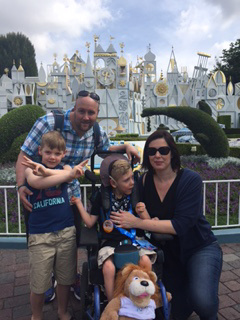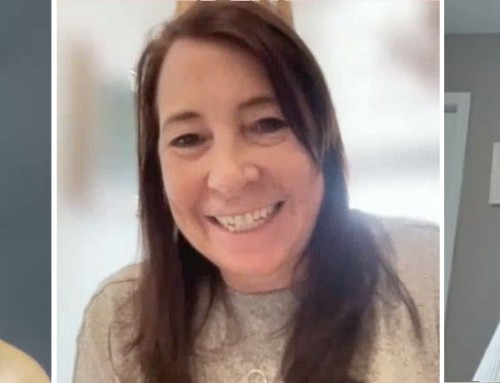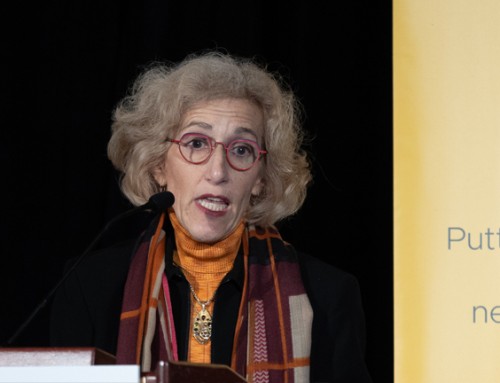Since being diagnosed with cerebral palsy (CP) at 10 weeks of age, treatment has been a constant in Owen Crumpler’s life. His mother, Karena Crumpler, tried many early interventions including occupational therapy, speech therapy, and acupuncture.
By the time Owen turned three, Karena and her husband felt he hadn’t made as much progress as they’d hoped, so they decided to travel to the U.S. to seek out a trademarked approach that wasn’t then available in their home province of British Columbia.
“It wasn’t until some of his first treatments
Now nine years old, Owen’s CP affects his whole body—he is unable to speak and has muscles spasm from neck to toe. He still receives many different therapies that keep him comfortable on a daily basis. Like the Crumpler’s, many families raising children with neurodevelopmental disorders (NDDs) have accessed costly interventions—and see the need for them persisting throughout their child’s life.
 Evaluation challenges
Evaluation challenges
Competition for funding for services that aren’t covered by B.C.’s Medical Services Plan is stiff and hard to obtain. Being able to prove the effectiveness of interventions parents are seeking can help pave the way for access. A recent study supported by Kids Brain Health Network highlights the current challenges in evaluating these interventions from a cost-benefit standpoint, and provides suggestions on how to improve methods in the future.
“When resources are limited decision makers need to better understand how to make allocation decisions,” says Dr. Jennifer Zwicker, co-author of the study “If you’re able to present the case [for an intervention] in terms of value for money it makes a stronger case for families as to why it’s important.”
The idea is to inform decisions around whether money is being well spent or if greater benefits could come from spending money in different ways. For example, if researchers are able to demonstrate that intervening early means a child with an NDD will require fewer long-term resources—ultimately costing the health care system less money—governments might be more inclined to make these services available.
Striking a balance
However, research must strike a balance between long-term and short-term studies to show the effectiveness of an intervention—an issue highlighted in the study, and agreed on by other researchers in the field.
Dr. Lonnie Zwaigenbaum—director of the Autism Research Centre at Glenrose Rehabilitation Hospital— says that while long term studies can provide more definitive answers to research questions, short term studies are also important.
“I think we need to continue to think about how we evaluate the effects of interventions and [think about] if there are some shorter-term approaches that would provide valuable data,” he says.
But current practices often make it difficult for researchers to do any type of assessment at all. Questionnaires and other methods used to measure effectiveness are usually generalized to children with disabilities and aren’t specific to the unique needs of children with NDD.
One such need which is often overlooked is reliance on a caregiver. Dr. Gail Andrew—medical director of the FASD clinical services at the Glenrose Rehabilitation Hospital and a consultant to the Glenrose Autism Clinic in Alberta—says she sees caregiver burnout on a daily basis.
“One of the questions I often ask my caregivers in a follow up clinic is ‘how would you rate your stress today out of ten,’ and I usually get people saying eight,” she says. “The one thing they always say is they’re never able to get a break.”
In the past, Karena would never talk about how burnt out she felt, mostly because she feared it would reflect negatively on Owen. Today, she says trying to access the right services often feels like “hitting a wall”, and one of the most exhausting aspects is trying to maintain a cohesive family dynamic.
“It’s that constant balance of making sure you’re an inclusive family,” says Karena, who has another son named Max. “I try to make sure they’re both included but also recognize that sometimes you need to break them apart because Max needs to play football whereas Owen needs to go bowling with adaptive equipment.”
However, some interventions can be helpful not just for the child, but also for the care giver—something that needs to be more heavily weighted when evaluating interventions, says Zwicker.
Karena says she deeply appreciates the direct benefits she gains when Owen is enjoying a therapy session.
“I feel like I can sit there and be calm and relaxed as well and just take a moment to myself.”
Recognizing that a wide spectrum exists across NDD is another important aspect that needs to be considered when assessing interventions, especially during the clinical phase of research.
Treatments aren’t one size fits all
“We need to have a sense of what factors might influence a child’s treatment response because ultimately it won’t be one size fits all,” says Dr. Zwaigenbaum. “To make rational decisions we need to have an appreciation of how diversity influences experiences with intervention and ultimate outcome.”
For Owen, many of the therapies typically recommended for a child with cerebral palsy weren’t helpful—highlighting the complexity of determining which interventions are the most cost-effective. But Karena is hopeful that more services will be available in the future, ones that take into consideration the care giver and the child. Zwicker says one way for this to happen is by proving interventions offer benefits in terms of both costs and outcomes.
“If research in heart disease and cancer are making a case for why it’s cost effective but you’re not able to make that case for developmental disability research, then you’ll have a harder time attracting funding for interventions,” she says. “That’s the reality of the decision process that goes on within the health care system.”








